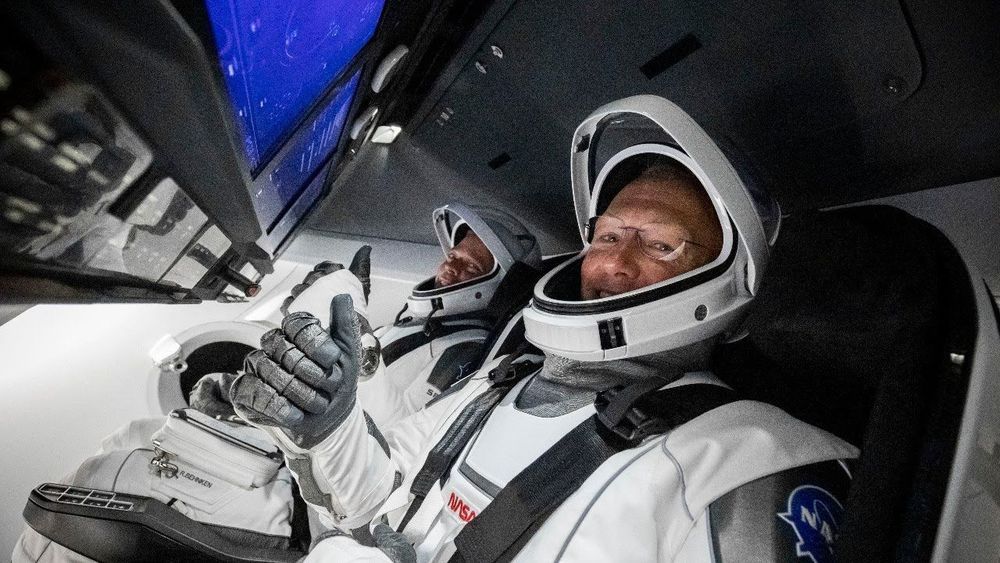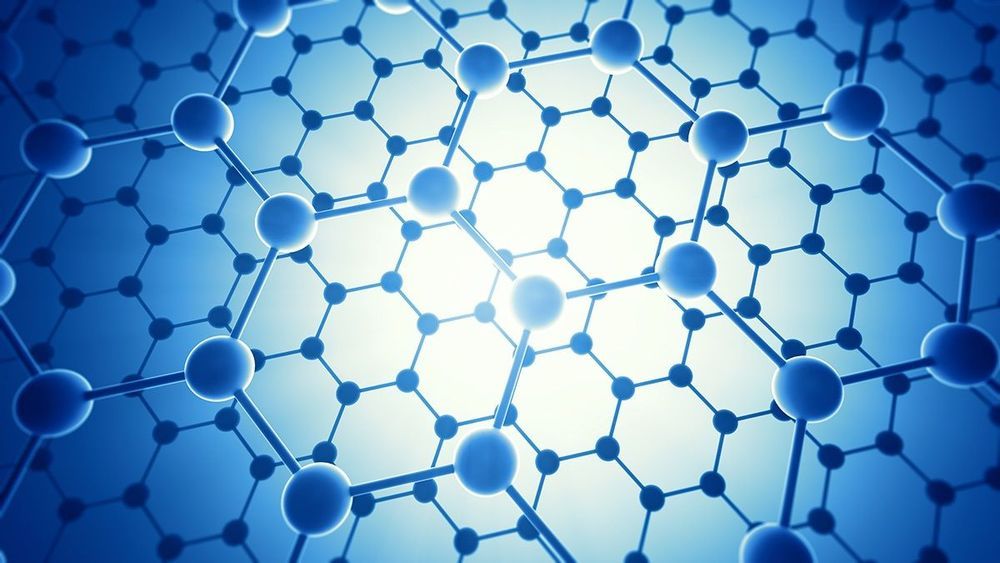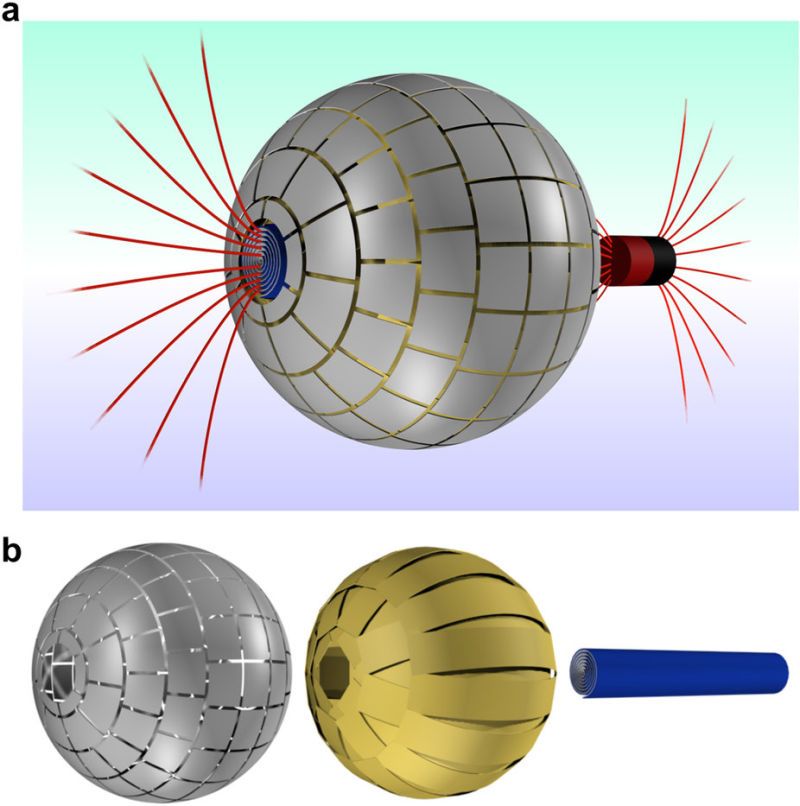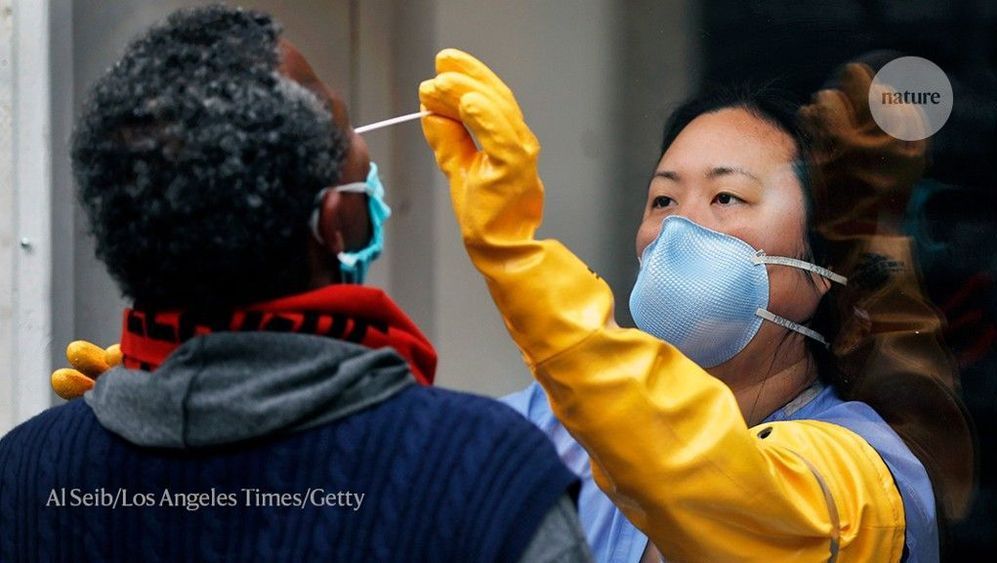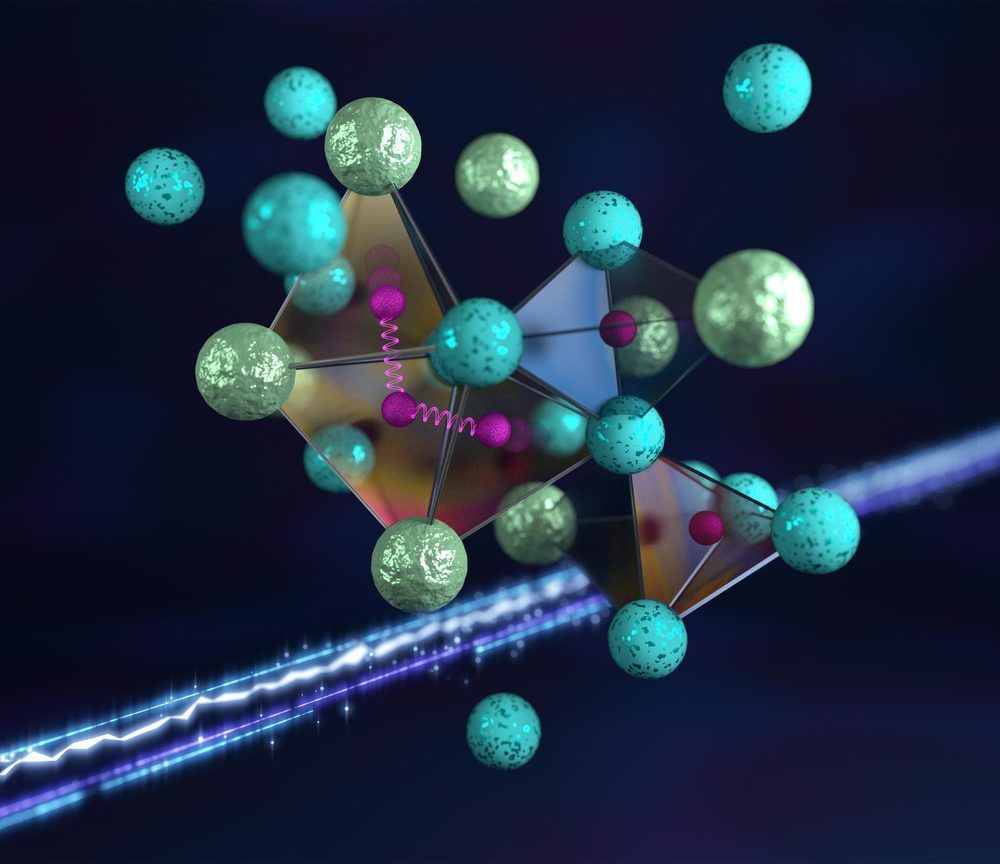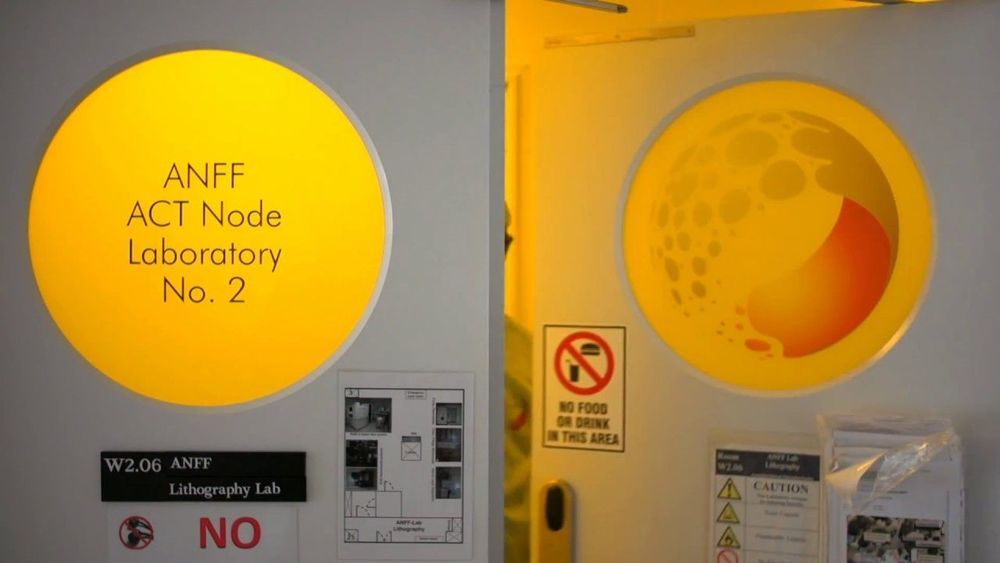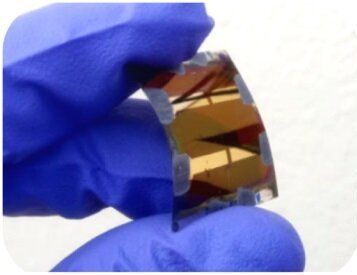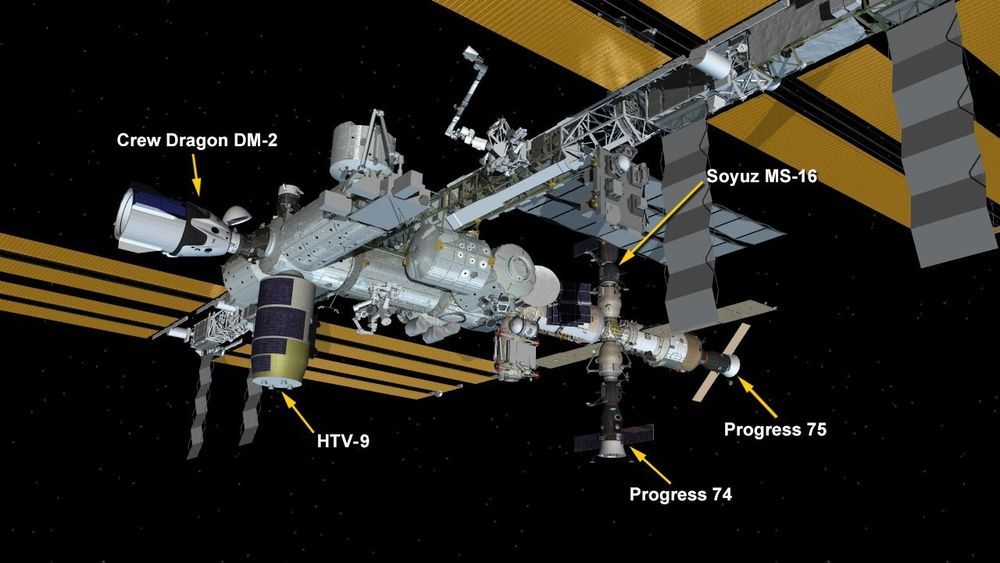The decision to open up testing at Nellis comes as the National Spectrum Consortium wraps up solicitations for 5G testing at four other military bases.
Special Operations Command is launching a new program, Mission Command, that will present all the data needed for a mission in a single visualization.
SpaceX delivered two astronauts to the International Space Station for NASA on Sunday, following up a historic liftoff with an equally smooth docking in yet another first for Elon Musk’s company.
With test pilots Doug Hurley and Bob Behnken poised to take over manual control if necessary, the SpaceX Dragon capsule pulled up to the station and docked automatically, no assistance needed. The hatches swung open a few hours later, and the two Dragon riders floated into the orbiting lab and embraced the three station residents.
Unlike the SpaceX and NASA flight control rooms, where everyone was spaced well apart, there was no social distancing or masks needed in orbit since the new arrivals had been in quarantine for many weeks.
Circa 2015
Physicists have created a wormhole device that can tunnel a magnetic field through space. It sounds like Star Trek, but we won’t be zapping humans across the universe anytime soon. Still, the breakthrough could revolutionize certain magnet-based technologies, including MRIs.
The kit has been granted approval under ‘emergency use’ provisions, and should help to ease testing backlogs in the country.
An international team of researchers has discovered the hydrogen atoms in a metal hydride material are much more tightly spaced than had been predicted for decades — a feature that could possibly facilitate superconductivity at or near room temperature and pressure.
Such a superconducting material, carrying electricity without any energy loss due to resistance, would revolutionize energy efficiency in a broad range of consumer and industrial applications.
The scientists conducted neutron scattering experiments at the Department of Energy’s Oak Ridge National Laboratory on samples of zirconium vanadium hydride at atmospheric pressure and at temperatures from −450 degrees Fahrenheit (5 K) to as high as −10 degrees Fahrenheit (250 K) — much higher than the temperatures where superconductivity is expected to occur in these conditions.
Circa 2016
Researchers build “teeny, tiny structures” that can change infrared to visible light.
Remember that famous Bin Laden raid? It would have been impossible without night vision — specifically, a pair of $65,000 L-3 Ground Panoramic Night Vision Goggles. But even those top-of-the-line NVGs — former Navy SEAL Matt Bissonette compared other night-vision systems to “looking through toilet paper tubes” — are heavy, clunky, and odd-looking. Now researchers from Australia have developed a material that can make infrared light visible, raising the possibility of night-vision goggles as thin as glass and free of external power.
A revolution is underway in the development of autonomous wireless sensors, low-power consumer electronics, smart homes, domotics and the Internet of Things. All the related technologies require efficient and easy-to-integrate energy harvesting devices for their power. Billions of wireless sensors are expected to be installed in interior environments in coming decades.
The International Space Station has hosted a variety of spacecraft shuttling crews and delivering supplies.


